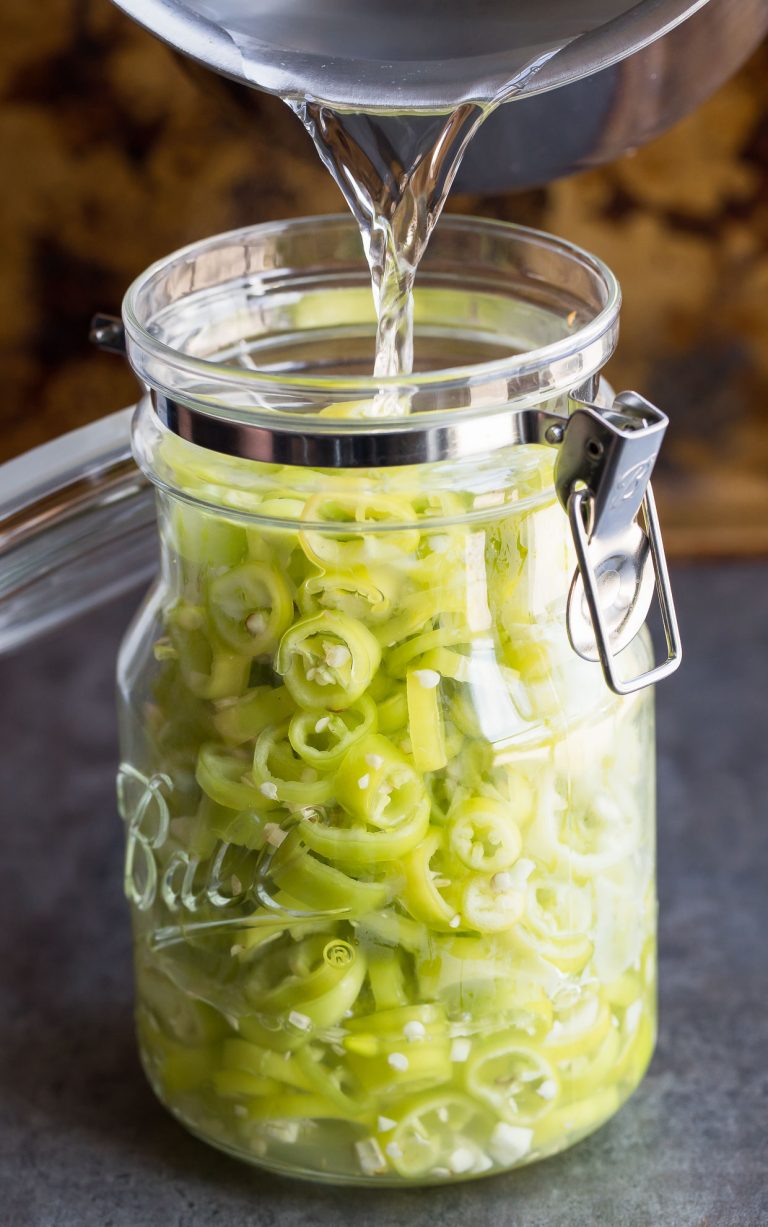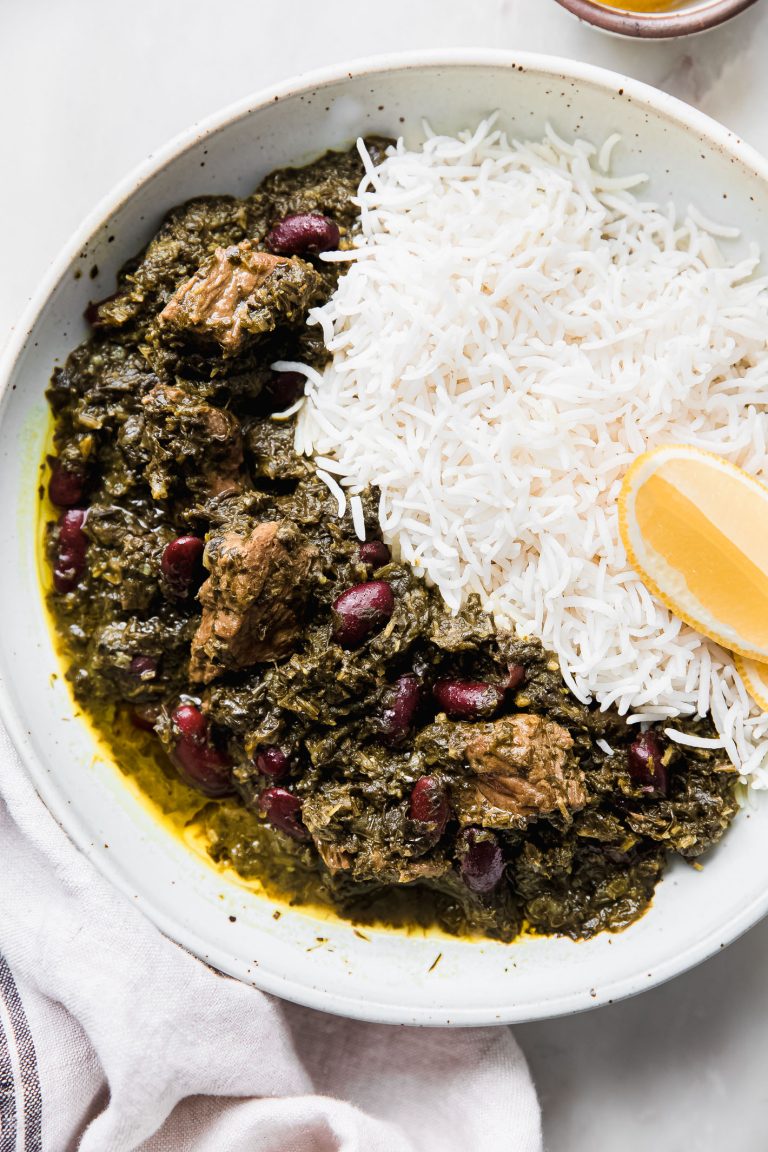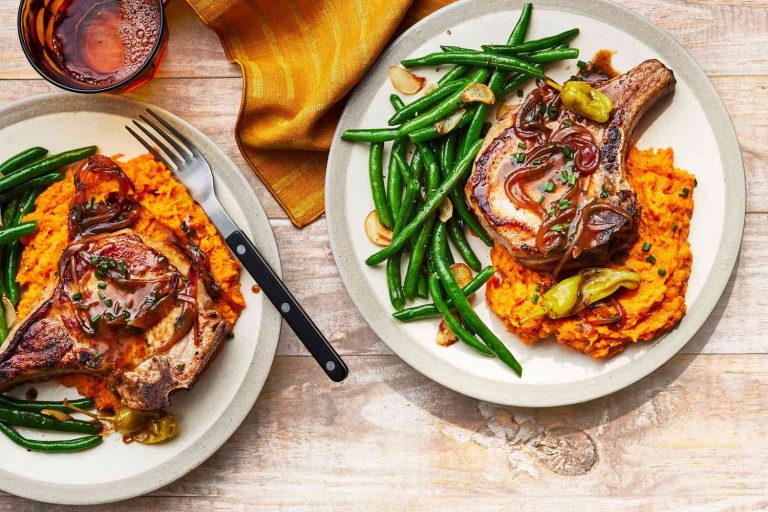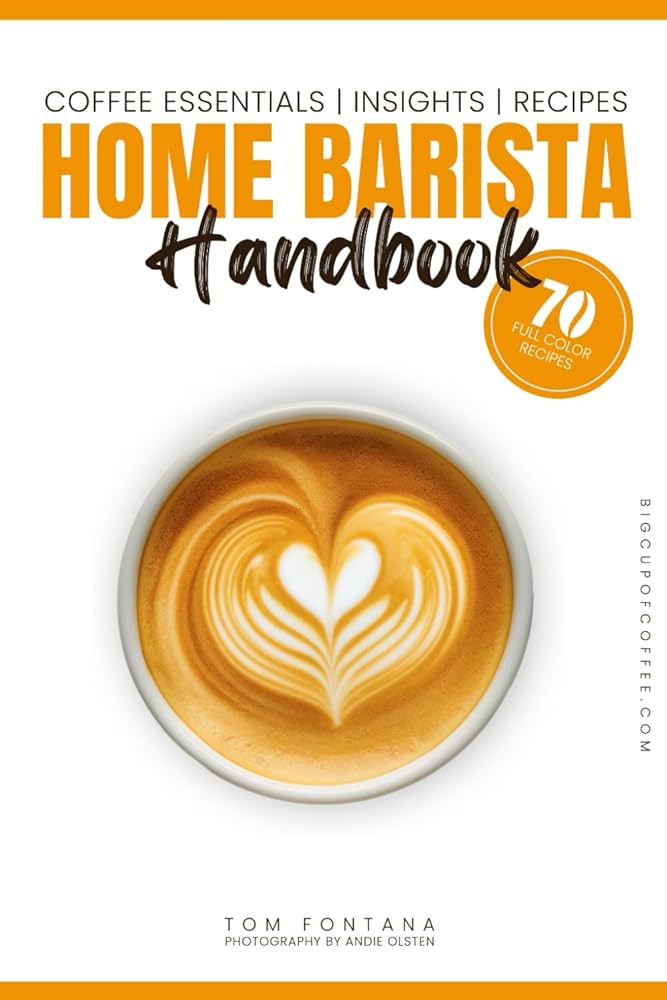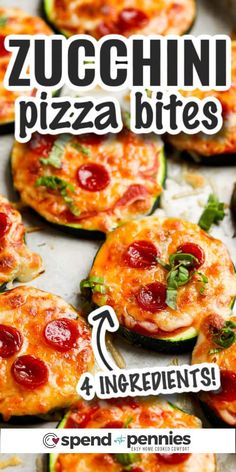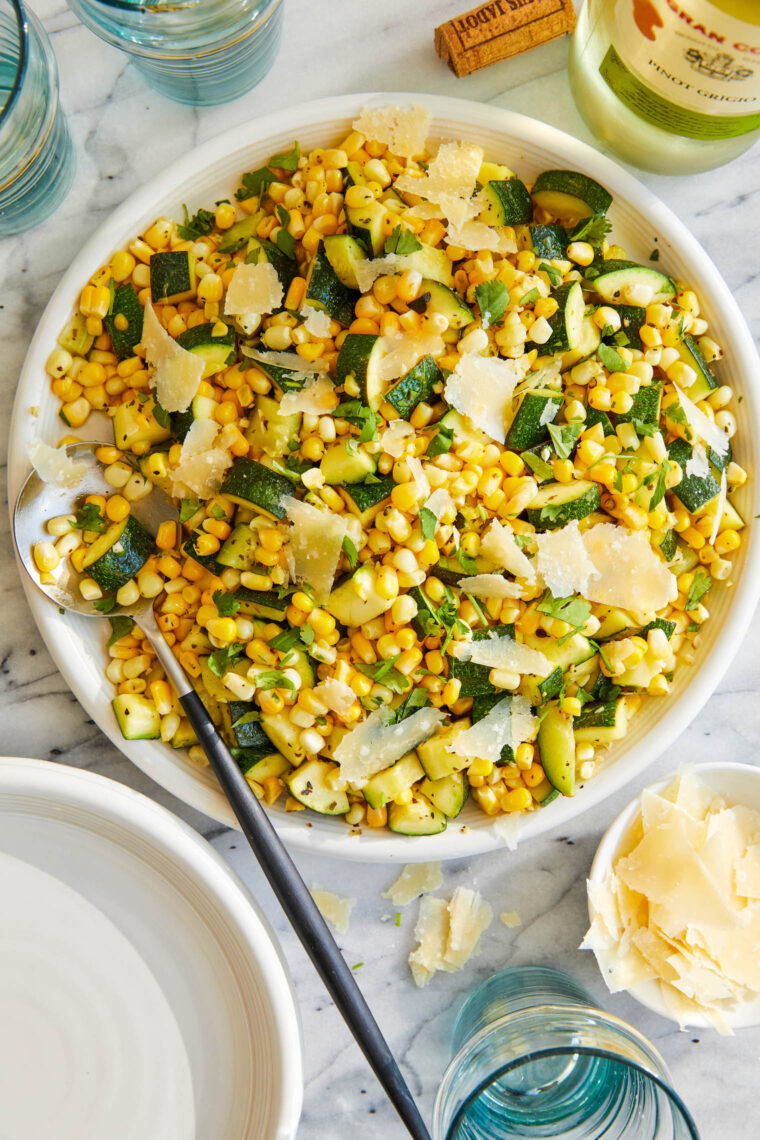Vegan Basic Vanilla Cake Recipe: Delicious and Nutritious Dessert Option
Vegan baking’s rise is evident with more people choosing plant-based diets. Food trends from the past decade, characterized by increasing awareness of environmental issues and health benefits, have driven this shift. Bakeries and home bakers alike have embraced vegan recipes, creating delicious alternatives to traditional baked goods. Statistics from market research firm Grand View Research indicate that the global vegan baking market is expected to grow considerably by 2027.
Why Vanilla is a Staple Flavor
Vanilla stands as a staple flavor for its versatility and broad appeal. Its simple, elegant taste pairs well with numerous ingredients like fruits, nuts, and spices. In vegan baking, vanilla extracts and pastes provide depth and richness without relying on animal products. Nielsen-Massey, a renowned producer of vanilla extracts, notes that vanilla is often the top-selling flavor extract. This widespread popularity makes vegan vanilla cake a favored choice for both novice and expert bakers.
Key Ingredients for Vegan Basic Vanilla Cake
Alternative Flours and Their Effects
Several flours work well in vegan vanilla cakes, each adding distinct textures and flavors. All-purpose flour is the most common, offering a neutral taste and balanced structure. If seeking a gluten-free option, use almond or oat flour. Almond flour adds a moist, rich texture, while oat flour provides a denser consistency and a slightly nutty flavor. For a lighter and more delicate texture, consider cake flour, which has a lower protein content.
Vegan Substitutes for Eggs and Dairy
Effective vegan substitutes replicate the binding and moistening properties of eggs and dairy. Use flaxseed meal or chia seeds mixed with water to replace eggs; 1 tablespoon of ground seeds mixed with 3 tablespoons of water substitutes one egg. Applesauce, mashed bananas, or yogurt made from coconut, almond, or soy also work well for binding and adding moisture. For dairy substitutes, non-dairy milk such as almond, soy, or oat can replace regular milk, while margarine or coconut oil stands in for butter. Use equal parts non-dairy milk and a 1:1 replacement ratio for butter to maintain consistency in the cake batter.
Step-by-Step Recipe for Vegan Basic Vanilla Cake
Preparing Your Ingredients
Before beginning, assemble all necessary ingredients. You’ll need:
- All-purpose flour: 2 cups, sifted for a finer texture.
- Baking powder: 1 1/2 teaspoons, ensure it’s fresh for optimal rising.
- Baking soda: 1/2 teaspoon, aids in leavening.
- Salt: 1/4 teaspoon, enhances flavor.
- Non-dairy milk: 1 cup, soy or almond milk works well.
- Apple cider vinegar: 1 tablespoon, helps curdle the milk.
- Sugar: 1 cup, granulated or cane sugar.
- Vegetable oil: 1/2 cup, neutral-flavored like canola.
- Vanilla extract: 2 teaspoons, pure vanilla for best results.
First, preheat your oven to 350°F (175°C) and grease a 9-inch round cake pan. Mix non-dairy milk with apple cider vinegar in a small bowl, letting it sit for about 5 minutes to curdle. In a mixing bowl, combine flour, baking powder, baking soda, and salt. In another bowl, whisk sugar, oil, and vanilla extract until well mixed. Slowly add the dry ingredients to the wet mixture, alternating with the curdled milk, starting and ending with dry ingredients.
Baking and Cooling Tips
Pour the batter into the prepared cake pan, smoothing the top with a spatula. Place the pan in the center rack of the oven. Bake for 30-35 minutes, or until a toothpick inserted into the center comes out clean. Avoid opening the oven door frequently, which can cause the cake to deflate.
Once done, remove the cake from the oven and let it cool in the pan for 10 minutes. Gently run a knife around the edges to loosen the cake. Invert it onto a wire rack and let it cool completely before frosting or serving. This step prevents the frosting from melting and the cake from breaking apart.
Nutritional Benefits of a Vegan Cake
Comparing Caloric Intake
A vegan vanilla cake typically has fewer calories compared to its non-vegan counterpart. This reduction stems from substituting ingredients like eggs and butter with alternatives such as applesauce and non-dairy milk. Applesauce contains fewer calories than butter, making it a healthier option. Furthermore, non-dairy milk often has fewer calories and fat content than dairy milk. If you’re mindful of your caloric intake, a vegan vanilla cake helps manage your daily calorie consumption while still allowing you to enjoy a delicious dessert.
Essential Nutrients in Vegan Ingredients
Vegan ingredients in a vanilla cake offer various essential nutrients. Flaxseed meal, a common egg substitute, provides omega-3 fatty acids and lignans, which support heart health (National Institutes of Health). Chia seeds, another egg alternative, are rich in fiber, calcium, and antioxidants. Applesauce and mashed bananas used for moisture contribute vitamins A and C.
Non-dairy milk, like almond or soy milk, adds benefits as well. Almond milk contains vitamin E, which promotes skin health and protects against oxidative stress. Soy milk provides protein and essential amino acids necessary for muscle repair and growth. These nutrient-dense ingredients ensure your vegan vanilla cake isn’t just tasty but also contributes positively to your nutritional intake.
Conclusion
Crafting a vegan basic vanilla cake is not only straightforward but also a delicious way to embrace plant-based baking. With simple substitutions like flaxseed meal and non-dairy milk, you can enjoy a flavorful and nutritious dessert. This cake’s nutrient-dense ingredients offer health benefits, making it a guilt-free treat. Whether you’re a seasoned vegan baker or just starting out, this recipe is sure to become a staple in your kitchen. Enjoy the rich taste and the peace of mind that comes with making a healthier choice for you and the planet.

